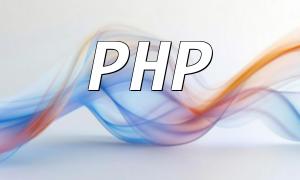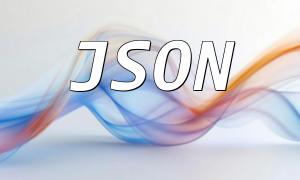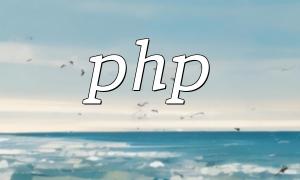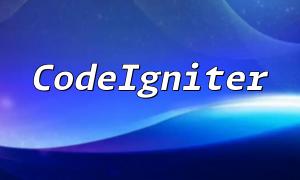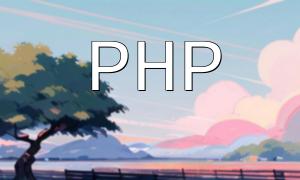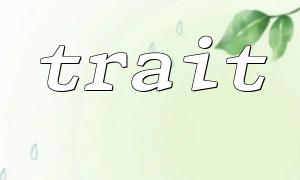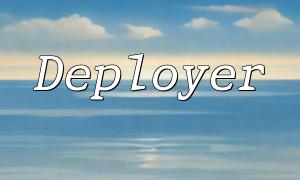WordPress is a widely used open-source content management system (CMS), ideal for personal blogs, corporate websites, and e-commerce platforms. While it is generally easy to install, beginners may encounter technical issues during setup—such as database connection failures or incorrect file permissions. This guide walks you through the most common installation problems and offers practical solutions to help you get your site up and running quickly.
If you see an error stating that WordPress cannot connect to the database during installation, the first step is to verify the database configuration in the wp-config.php file. Ensure that the database name, username, password, and host are entered correctly. Here's a sample configuration snippet:
define('DB_NAME', 'your_database_name');
define('DB_USER', 'your_database_username');
define('DB_PASSWORD', 'your_database_password');
define('DB_HOST', 'your_database_host');
define('DB_CHARSET', 'utf8');
define('DB_COLLATE', '');If everything is configured correctly and the issue persists, try the following troubleshooting steps:
Another common problem during installation is related to file permissions. For instance, WordPress might fail to create the wp-config.php file or upload media files. Proper file and directory permissions are critical. Recommended settings are as follows:
If issues persist after setting permissions, try the following:
define('FS_METHOD', 'direct');
define('FS_CHMOD_DIR', (0755 & ~ umask()));
define('FS_CHMOD_FILE', (0644 & ~ umask()));This guide covers the most frequently encountered issues during WordPress installation, such as database connection errors and file permission misconfigurations. For unique or advanced problems, consult the official WordPress documentation or participate in community forums for additional support. With the right setup, you’ll have your WordPress site up and running smoothly in no time.
